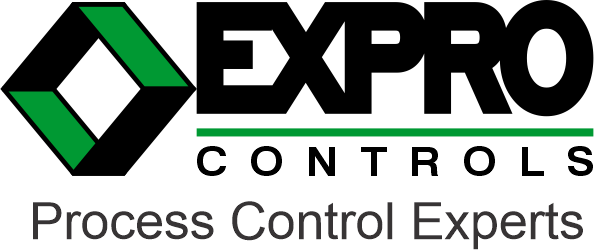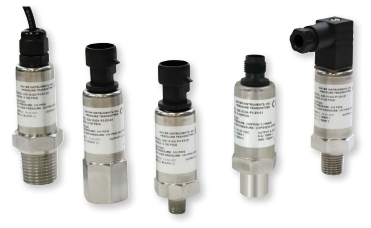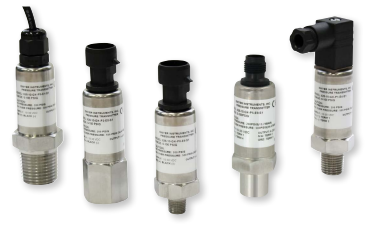What is a Pressure Transmitter?
Pressure transmitters are devices used to measure the pressure of liquids or gases in pipes or containers. The pressure readings are then converted into a standardized electrical signal that can be easily interpreted by a control system.
Pressure transmitters are often called a pressure transducer but there are key differences between the two. For example, a pressure transducer outputs raw data that is interpreted by other electronics whereas a pressure transmitter features signal processing, compensation, and sometimes even self-diagnostics. To make the distinction easy, all pressure transmitters are pressure transducers, but not all pressure transducers are pressure transmitters.
How Does a Pressure Transmitter Work?
A pressure transmitter works typically by using strain gauge, piezoelectric, or capacitive sensing elements to convert the pressure applied into a proportional electrical signal. This electrical signal is conditioned, amplified, and converted into a standardized output (such as 4-20mA), which is transmitted to a remote display or control system.
- Strain Gauge: The transmitter utilizes small devices that change their electrical resistance in response to mechanical strain. They are typically made of thin wires or foil patterns bonded to a flexible diaphragm.
- Piezoelectric: The transmitter utilizes piezoelectric materials, such as quartz, lead zirconate titanate, or polyvinylidene fluoride, and sandwiches it between two metal electrodes. The pressure generated by the fluid or gas creates an electrical charge that is then sent to the control system.
- Capacitive: It measures measure changes in capacitance as the pressure affects the distance between two conductive plates. This change in capacitance is proportional to the applied pressure.
Where are Pressure Transmitters Used?
Pressure transmitters are used in industries like oil and gas, water treatment, chemical processing, HVAC systems, automotive, and power generation. They can monitor the pressure of pumps, tanks, pipelines, boilers, and other equipment in any industry.


